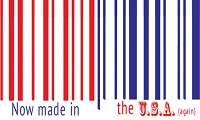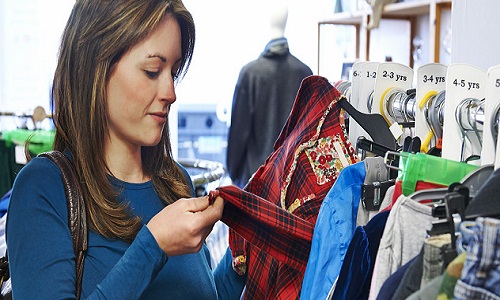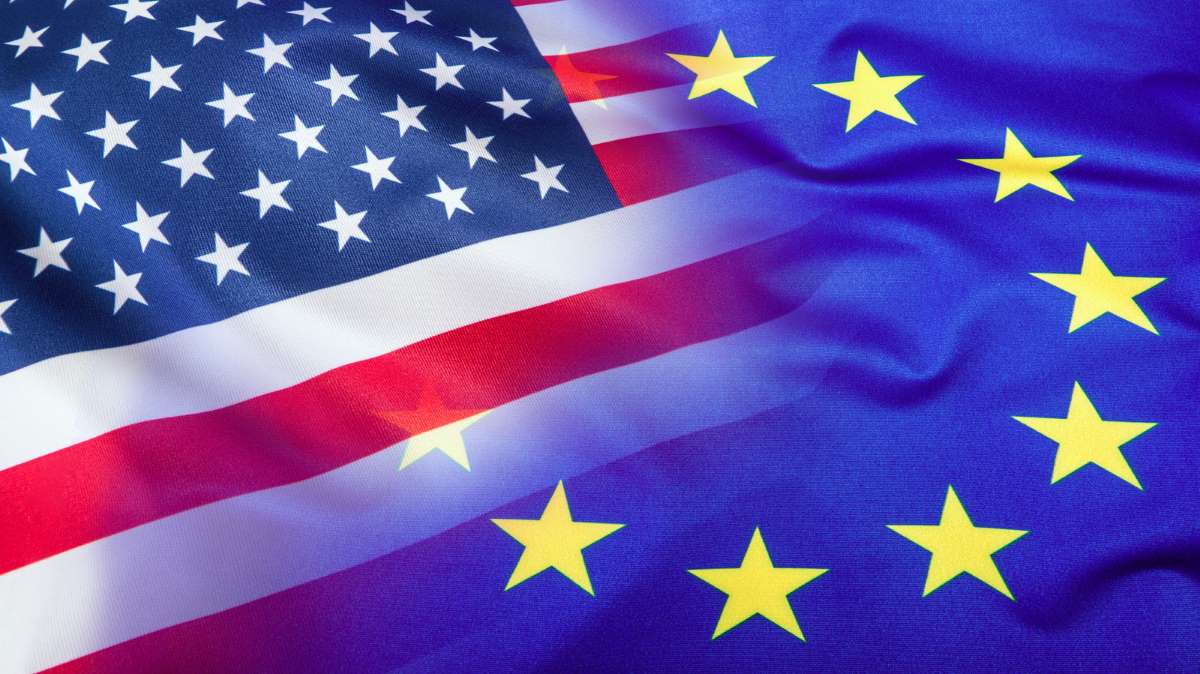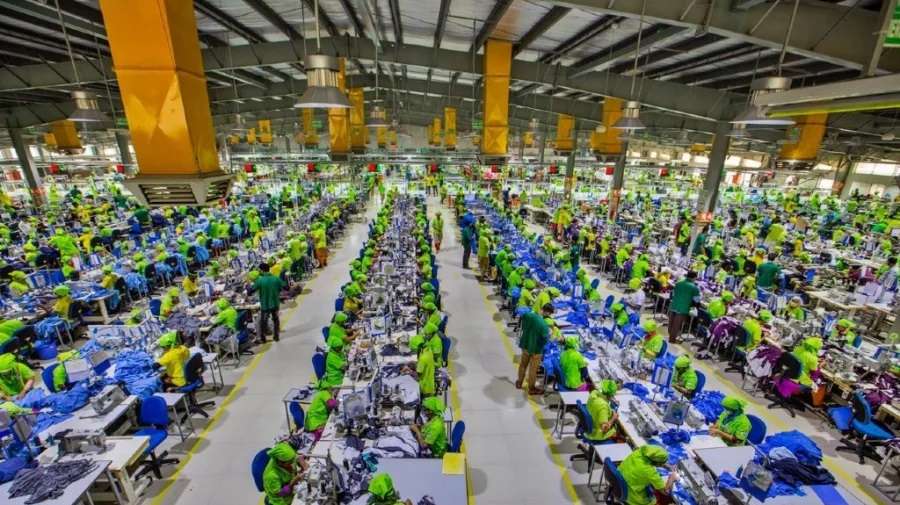"The US imports $82 billion more in clothes than it exports, mainly from Asian nations like China, Vietnam and Bangladesh and closer home from Mexico, Honduras and El Salvador. In 1995, US apparel imports was $36.8 billion but, by 2015, the country’s dependence on imports had reached new heights and the figure more than doubled to touch $87.9 billion. Worsening the growing gap, apparel exports actually fell by $300 million during the 20-year period, achieving the relatively humble figure of $6.1 billion."

The US imports $82 billion more in clothes than it exports, mainly from Asian nations like China, Vietnam and Bangladesh and closer home from Mexico, Honduras and El Salvador. In 1995, US apparel imports was $36.8 billion but, by 2015, the country’s dependence on imports had reached new heights and the figure more than doubled to touch $87.9 billion. Worsening the growing gap, apparel exports actually fell by $300 million during the 20-year period, achieving the relatively humble figure of $6.1 billion. For every $1 worth of clothes America exports, it imports more worth $14. Bringing apparel manufacturing back to America in a meaningful way is an impossible task for a variety of reasons.

Similarly, shoes and handbags categories make up $26 billion and $3 billion of deficit, respectively. Combined, with the fashion industry’s three biggest product categories account for more than 22 per cent of total trade deficit. When you add other categories like sports bags, travel goods and men’s accessories, fashion’s share of the burden approaches a quarter.
Clearly, offshoring of American fashion manufacturing has taken a huge financial and human toll over decades. As late as 1990, the apparel manufacturing industry employed nearly 939,000 people. But as manufacturing moved overseas, the sector lost more than 85 per cent of its workforce. Today, the US Department of Labor estimates that the sector employs less than 130,000 people.
Is reshoring the best solution?
While reshoring would sounds like the best option at this point in time, experts believe it is only feasible for small quantities and highly specialised products. Without doubt, Americans should celebrate the many SMEs (small and medium sized enterprises) across the fashion industry helping to breathe new life into parts of the garment centres of New York, Los Angeles and elsewhere. However, scaling domestic production up to the level of big business is another matter.
Experts point out the high cost of labour is a major bug bear. Even brands conceived around the Made in America principle for example, American Apparel. recently relented, announcing it too would start manufacturing overseas.
Rather than allocating the value of a garment wholly to the country that supplied most of its labour, value can be divided among several countries reflecting where various components are produced and the origin of an item’s intellectual property. While this won’t stop the decline in domestic manufacturing, it will paint a more accurate picture of the contributions that American fashion brands make towards the economy – regardless of where they manufacture. Perhaps more importantly, it will rightfully acknowledge the value added by millions of Americans who work in non-manufacturing roles like design, creative, retail and ancillary services throughout the country’s dynamic fashion industry.












